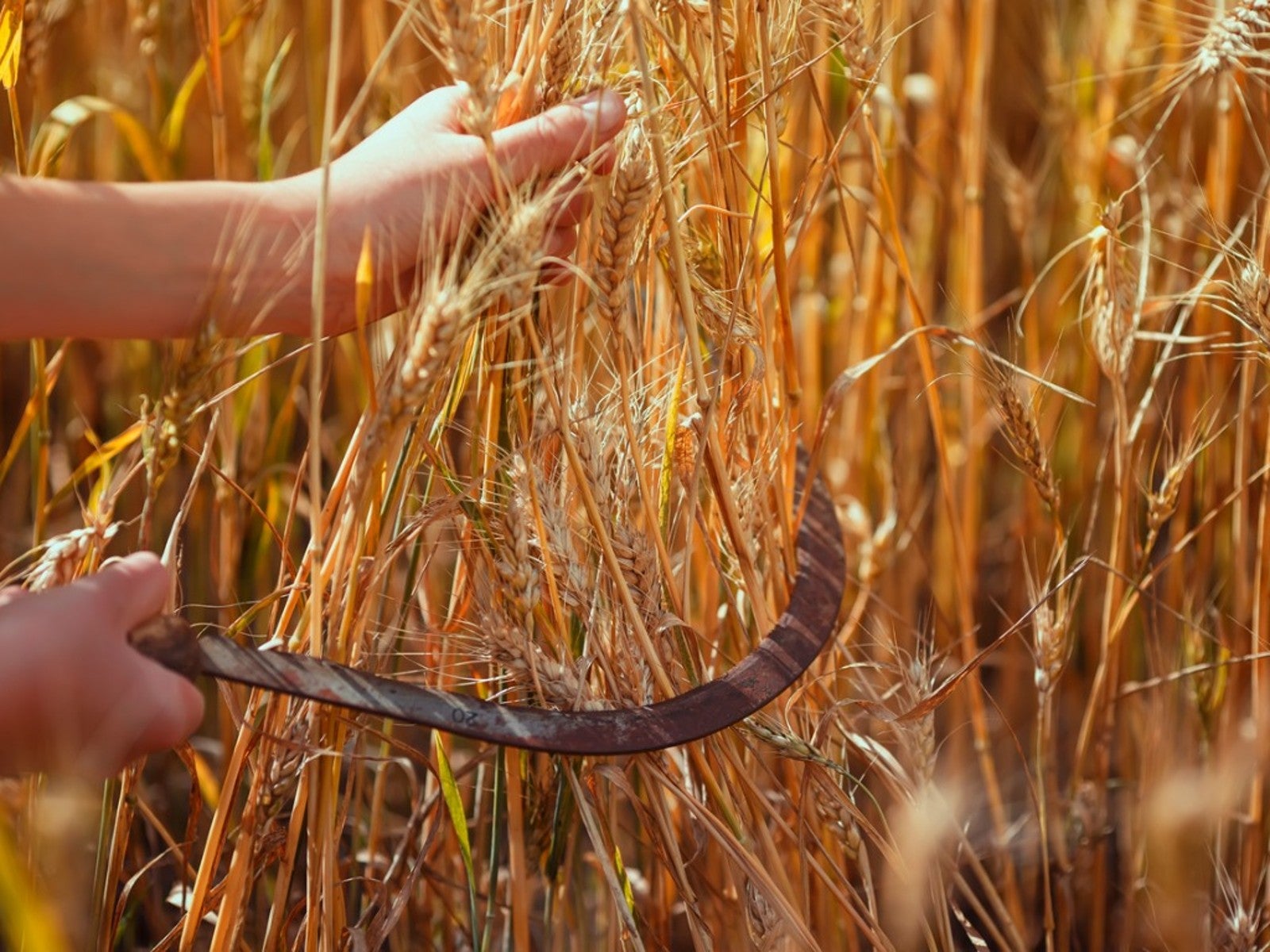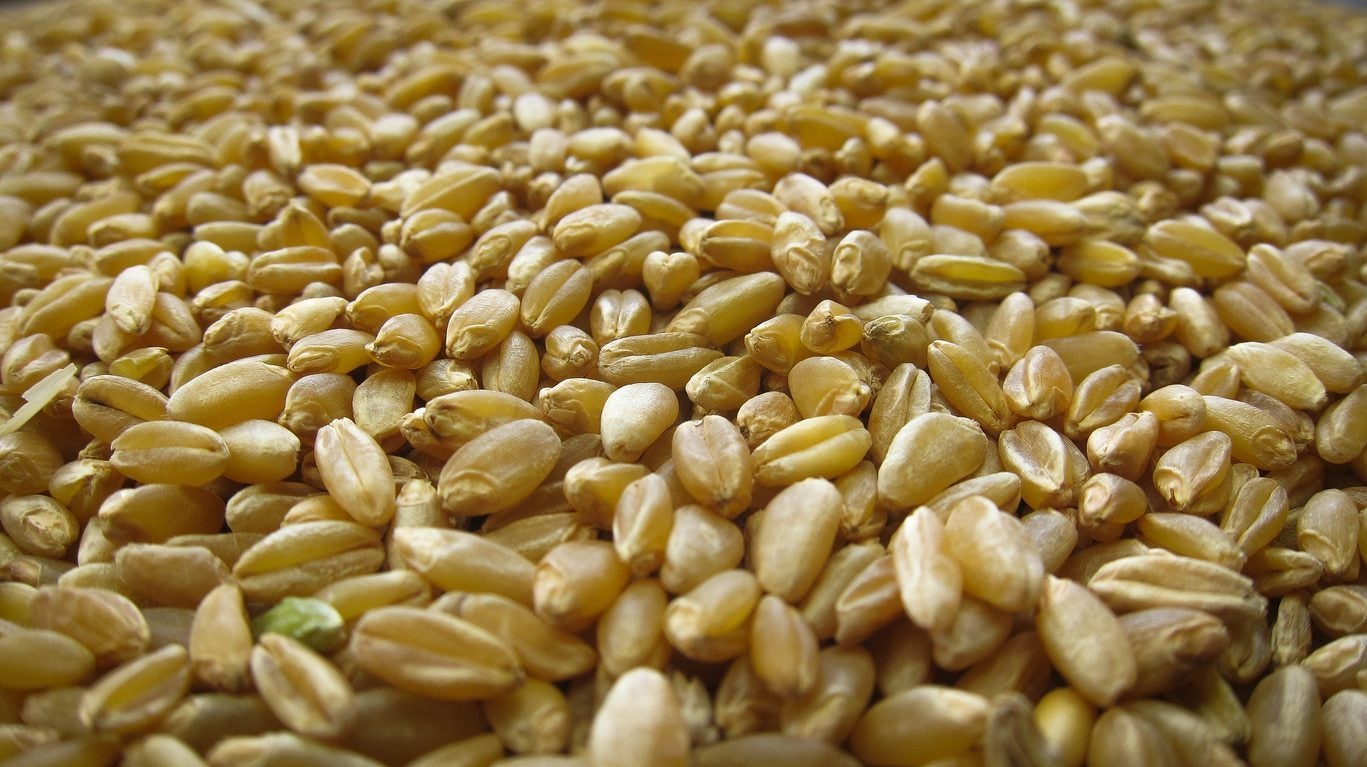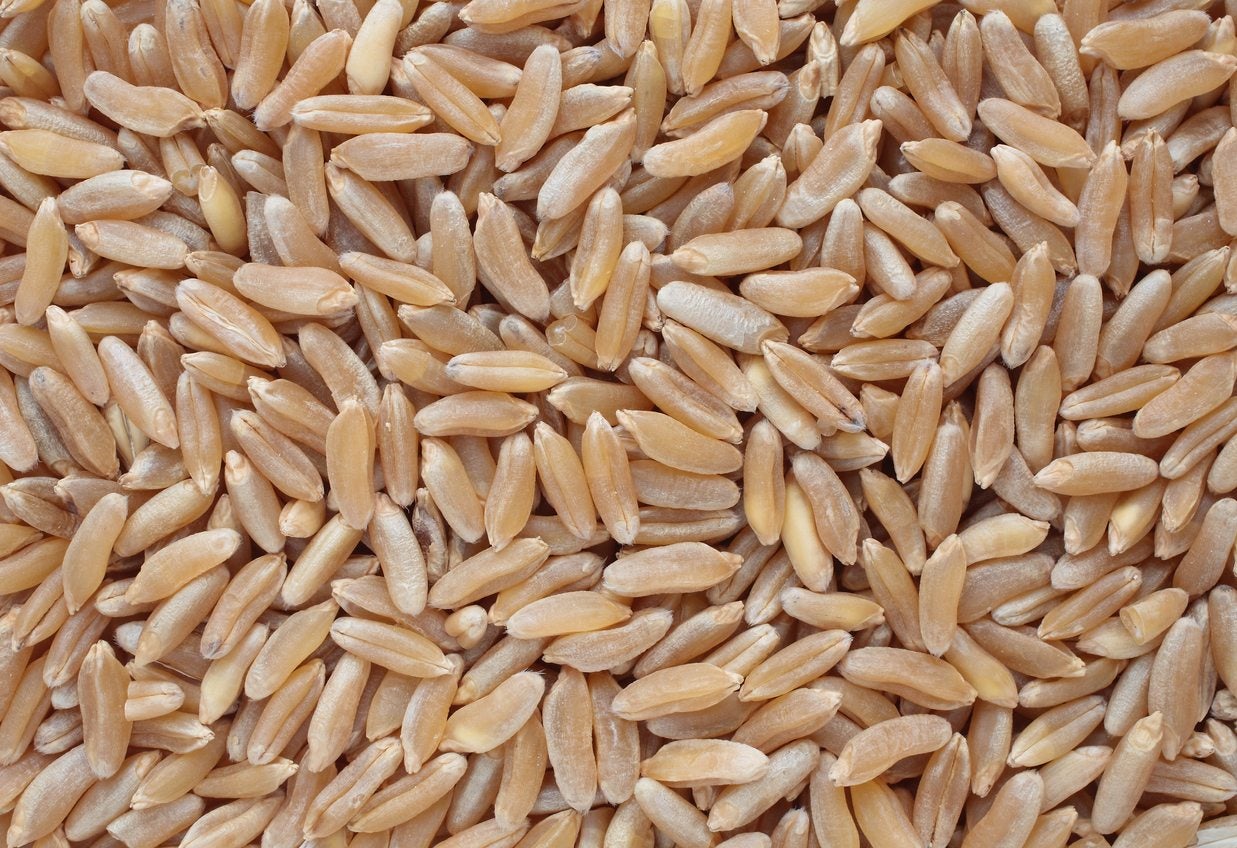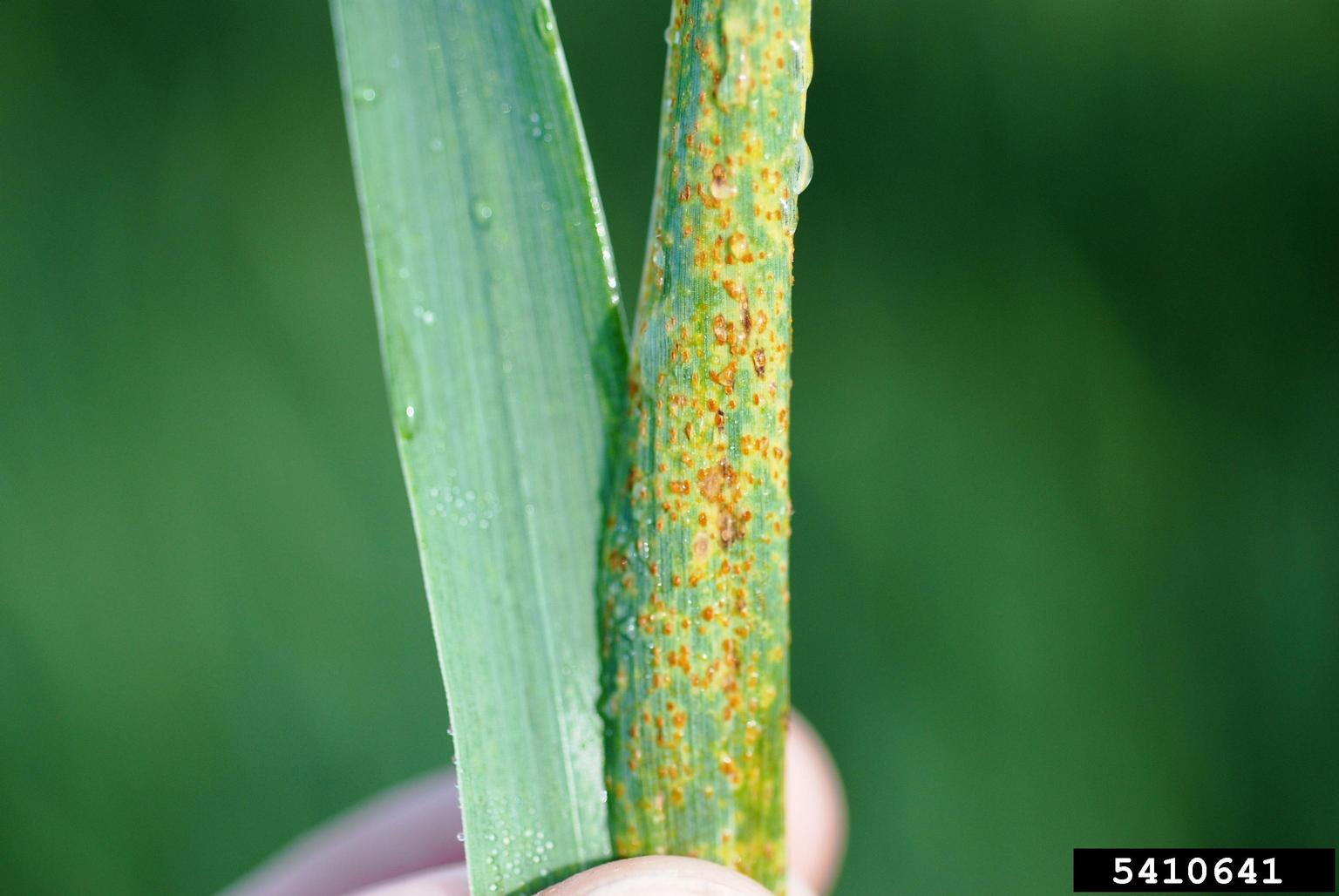Grow Your Own Pasta: How To Make Semolina Pasta From Durum Wheat


Noodles have been a staple of the human diet for centuries. A form of noodle is found in almost every culture. But pasta is entirely different. The best pasta is made with Durum wheat. Durum flour contains plenty of gluten protein which makes for a chewier noodle. Durum wheat semolina is slightly different from regular Durum flour. Semolina pasta is considered to be the classic Italian pasta.
What Is Durum Wheat?
Grains used in our foods are simply grasses. As such, even a home gardener can grow these bases for our favorite meals. Semolina pasta comes from Durum wheat. Making semolina flour starts with harvest, separating the seeds from the chaff, and milling. The whole process isn't difficult but does require some commitment.
Difference Between Semolina and Durum Flour
Durum is a variety of wheat high in gluten. It is milled into a flour that’s used in pasta and baked goods. Semolina pasta is made from Durum wheat, and so is Durum flour. And yet the two are very different. Semolina is milled from the endosperm of Durum wheat. The result is a coarse, yellow product. Durum flour is the left over powder from milling semolina. It is further ground, with a texture that is much finer than Semolina. Both are traditionally used in fine pastas. Durum wheat Semolina is commonly made into hard pastas like macaroni, and helps the pasta keep its shape. Noodles that cook up softer, such as spaghetti, are often made of Durum flour.
How to Grow Durum Wheat Semolina
Triticum durum is a semi-arid grain crop. Prepare a planting bed in a neutral soil by tilling and removing weeds and other impediments. Sow this variety of wheat in spring, either by hand broadcasting or plant in rows. Cover the seed lightly with soil and water. Keep the soil moist until the sprouts appear. Thereafter give the soil around 1 inch (2.54 cm.) of water weekly. Keep weed pests out of your plot, but otherwise sit back and watch it grow. Durum is a very self sufficient plant that doesn't need a lot of attention. The worst problem is several varieties of fungus which can be mainly avoided by watering in the morning so plants have time to dry, or watering at the roots.
How to Make Semolina Flour
Once the seed heads have turned golden brown, it is time to harvest. Use a scythe or pruners to cut the seed heads from the stems. You may choose to till the stems in or pull them and add them to the compost pile. Shake the seed heads vigorously over a sheet or other cover. Ripe seeds will fall off easily. To remove any chaff, set the seeds near a fan and let the chaff blow away. Alternately, you can move the seed from bucket to bucket on a windy day.
To grind your seed, a food mill is optimal. A mortar and pestle is possible, but Durum wheat seed is very hard and the task will be tedious. After you have milled your flour, add water and perhaps an egg, and make a well deserved homemade pasta dinner.
Gardening tips, videos, info and more delivered right to your inbox!
Sign up for the Gardening Know How newsletter today and receive a free copy of our e-book "How to Grow Delicious Tomatoes".

Bonnie Grant is a professional landscaper with a Certification in Urban Gardening. She has been gardening and writing for 15 years. A former professional chef, she has a passion for edible landscaping.
-
 Looking For Plants To Give You The Soft And Fuzzies? Try These 5 Fuzzy Leaf Plant Options
Looking For Plants To Give You The Soft And Fuzzies? Try These 5 Fuzzy Leaf Plant OptionsLovers of texture, drama, silver foliage and tactile plants will adore these special sensory garden additions. These fuzzy leaf plant options will leave you all aglow
By Susan Albert
-
 Get Ready For A Summer Of Hummers! Grow These Full Sun Hummingbird Plants and Flowers
Get Ready For A Summer Of Hummers! Grow These Full Sun Hummingbird Plants and FlowersIf you’re lucky enough to enjoy a sunny backyard, make sure you are maxing out on your pollinator opportunities and grow these full sun hummingbird plants and flowers
By Tonya Barnett
-
 Harvesting Wheat In The Home Garden
Harvesting Wheat In The Home GardenGrowing wheat at home is a fun part of a healthy lifestyle. Learn how to tell if your home grown wheat is ready to harvest, and how to do it.
By Laura Miller
-
 Durum Wheat Information: Tips On Growing Durum Wheat At Home
Durum Wheat Information: Tips On Growing Durum Wheat At HomeUtilizing whole grain wheat is more nutritious, which is why many gardeners are choosing to grow their own. How about growing your own durum wheat, for example? What is durum wheat? Click here to find out how to grow durum wheat and about durum wheat care.
By Amy Grant
-
 What Is Khorasan Wheat: Where Does Khorasan Wheat Grow
What Is Khorasan Wheat: Where Does Khorasan Wheat GrowAncient grains have become a modern trend and with good reason. These unprocessed whole grains have a slew of healthful benefits. One such grain is called khorasan wheat. What is khorasan wheat and where does khorasan wheat grow? Learn more here.
By Amy Grant
-
 What Is Wheat Rust: Learn About Rust Diseases Of Wheat
What Is Wheat Rust: Learn About Rust Diseases Of WheatWheat rust is one of the earliest known plant diseases, and it remains a problem today. Scientific studies offer information that allows us to manage the disease better. Use the wheat rust information in this article to help manage your crop.
By Jackie Carroll
-
 Can I Grow Wheat At Home – Tips For Growing Wheat In Home Gardens
Can I Grow Wheat At Home – Tips For Growing Wheat In Home GardensYou want to eat healthfully and incorporate more grains into your diet. What better way than growing wheat in your home garden? The following wheat growing information will help you learn how to grow wheat in a home garden and caring for backyard wheat grain.
By Amy Grant